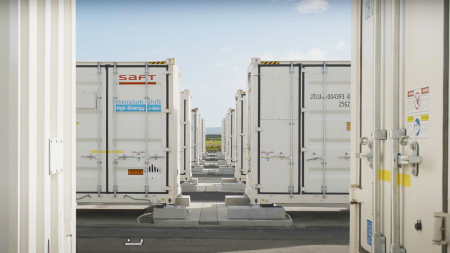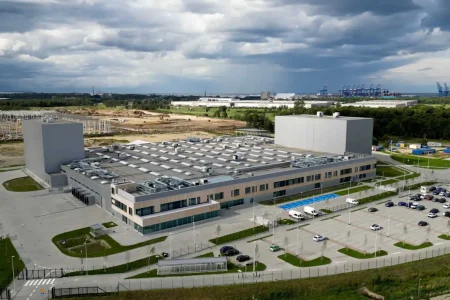The federal government cannot rely on green hydrogen and carbon capture and storage technologies to fulfill its national emissions reduction target, according to the Australian Academy of Technological Sciences and Engineering.
The Low Emissions Technology Statements, published by the former federal government, was criticized by the Australian Academy of Technological Sciences and Engineering (ATSE) because they “assumed future technologies that lower emissions” would be effective and widely used.
The representative group described as “extremely speculative” the hope that green hydrogen and carbon capture and storage could be quickly produced and implemented.
Instead, ATSE is urging the creation of a new “complete net zero strategy” that invests in local technology and labor. To boost the share of renewables in the country’s energy mix, the organization has emphasized the necessity for public investment in “mature renewable energy technologies and modernizing industries,” such as solar and wind.
The significance of helping the Australian workforce retrain and upskill displaced employees for the renewables industry, especially in remote regions, is also stressed.
Pumped hydro, storage, and transmission enhancements, including a decentralized grid, are other key technologies mentioned by ATSE. This is supported by a request for future government budgets to include more specifically designated financing for renewable energy generation, storage, and transmission.
In its contribution to the Senate Environment and Communications Legislation Committee, ATSE included eight proposals.
The contribution was presented as part of the Committee’s investigation into the Climate Change (Consequential Amendments) Bill 2022 and the Climate Change Bill 2022, both of which are anticipated to pass given that Greens leader Adam Bandt has openly stated his support for both.
According to the study, certain industries, including agriculture, have made “significant progress in creating emissions reduction methods,” but more technologically-driven emissions reductions are still required.
The study specifically urges the Commonwealth to support the development of emissions-reducing technology in industries with high emissions, such as manufacturing, transportation, and construction. According to ATSE, in order for these industries to meet the necessary climate targets, a “mosaic of technologies” would be needed.
According to ATSE, the federal government has a chance to lower emissions from both passenger and commercial cars by 2025. The Australian Capital Territory’s Zero Emissions Vehicle Strategy is a suggested example of a nationwide framework of infrastructure and incentives.
Among other incentives, the territorial plan offers stamp duty exemptions, free zero emissions car registration, and no-interest loans up to $15,000 under the Sustainable Household Scheme (SHS). By 2035, the sale of new light cars with internal combustion engines will likewise be prohibited.
The electrification of heating for residential and commercial structures is a crucial factor for ATSE.
In addition, ATSE has urged the Commonwealth to establish a framework for greenhouse gas accounting, improve public oversight of climate action by regularly disclosing data on goals and developments, and “require state and territory governments to publicly report on progress towards national targets to net zero, as part of the annual statement to Parliament.”
These suggestions expand upon the policy position statement from ATSE that was published in September 2021. The administration was also urged to give priority to the quick implementation of “existing mature, low-carbon technology.”
In research earlier this year, ATSE predicted that between 2025 and 2030, renewable energy sources will generate approximately 70% of Australia’s electricity.
Renewable energy sources continue to be the most affordable new-build power production option in Australia, according to an annual cost estimate for large-scale electricity generation in Australia provided at the same time by AEMO and CSIRO.
In its “Rewiring the Nation” initiative, the Albanesian government pledged $20 billion for grid reconstruction and modernization. It seeks to stimulate $76 billion in investment through its Powering Australia strategy.








